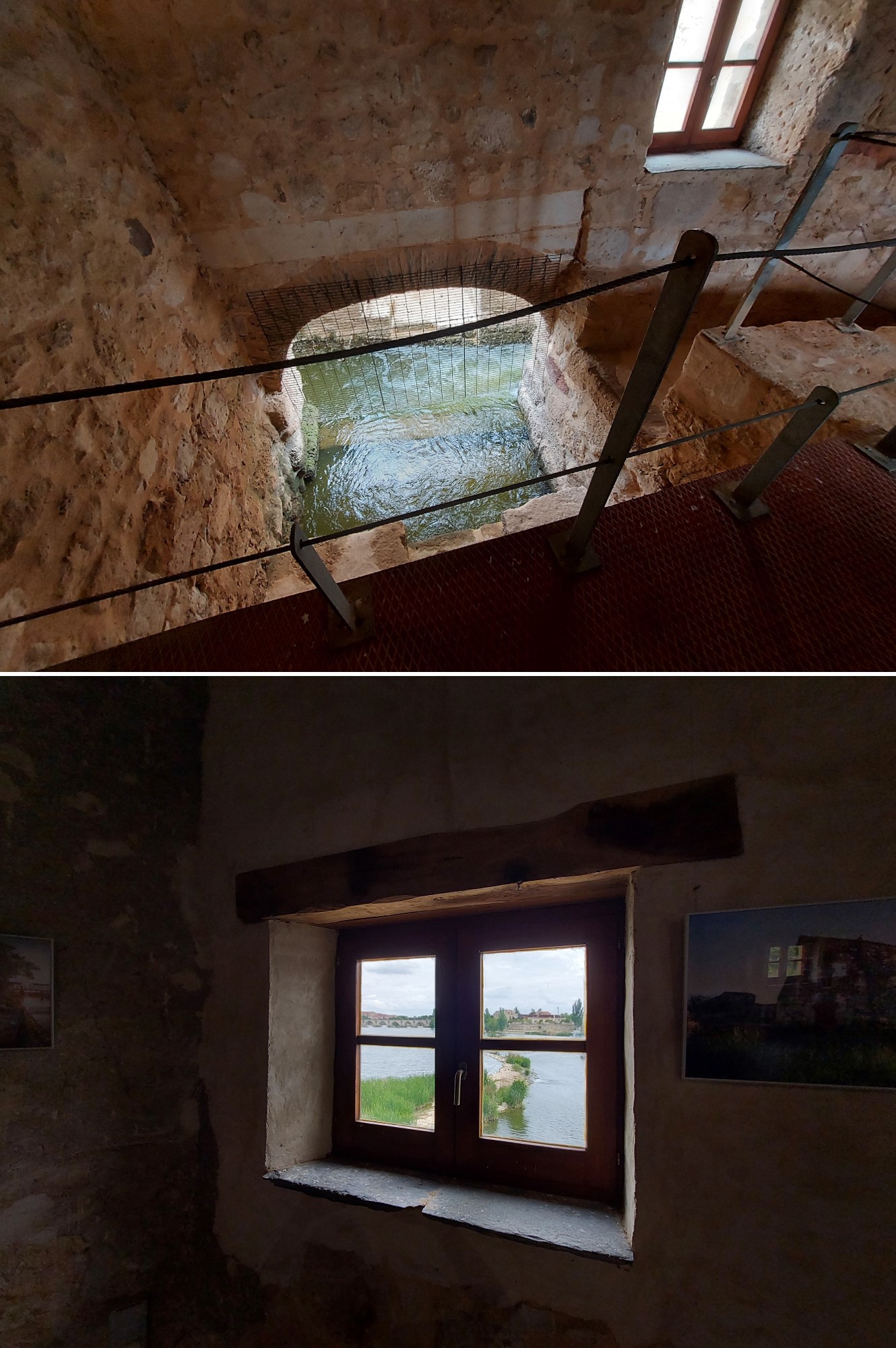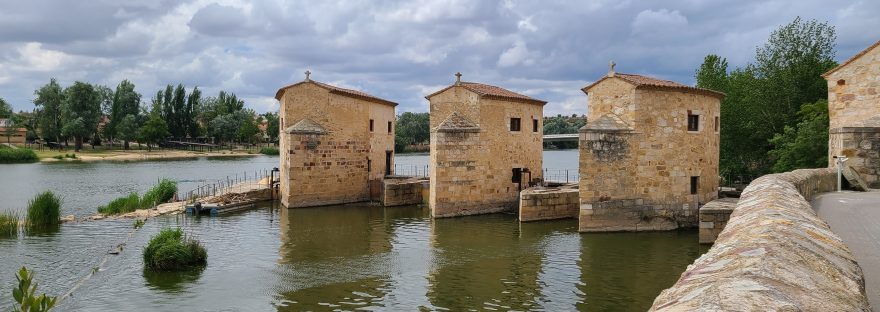A trip to the Spanish town of Zamora must surely include a visit to its Mills or “Aceñas de Olivares”. These are a group of mills of medieval origin located along the Duero River, which marked the beginning of the production of wheat flour in this city.
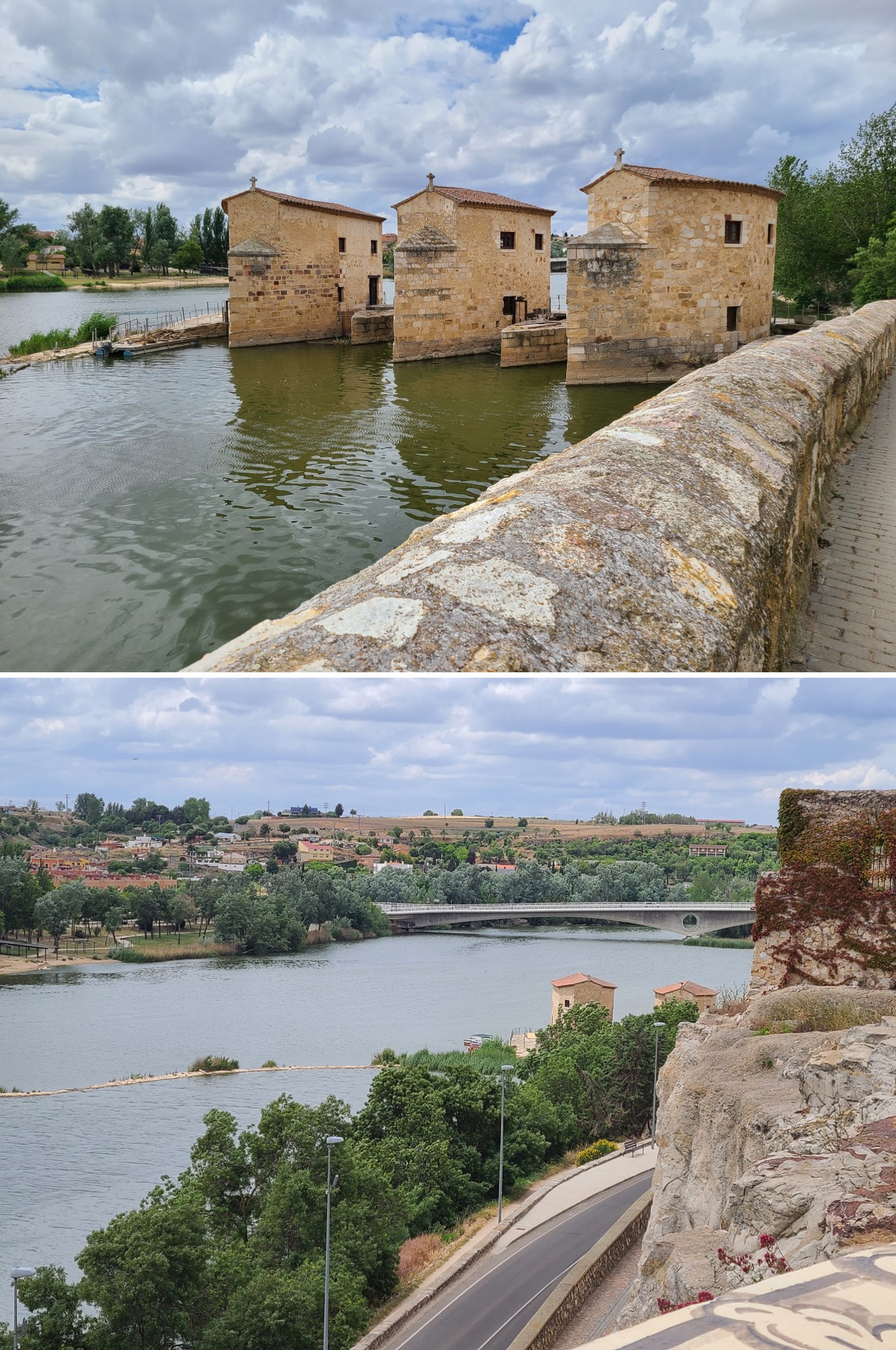
During the Middle Ages, it was common to find numerous mills along the banks of the Zamorano rivers, taking advantage of the driving force of the currents. The old documentation that describes these mechanisms assigns the name “aceña” to those that operate in rivers of great flow, reserving the term “molino” for those located in rivers of lesser flow. Therefore, it is correct to refer to those of Zamora, located on the banks of the Duero, as aceñas. The construction of these mills was not only an architectural challenge, but also a technological one for the time. In that period, the 10th century, owning a mill was a symbol of power within a community.
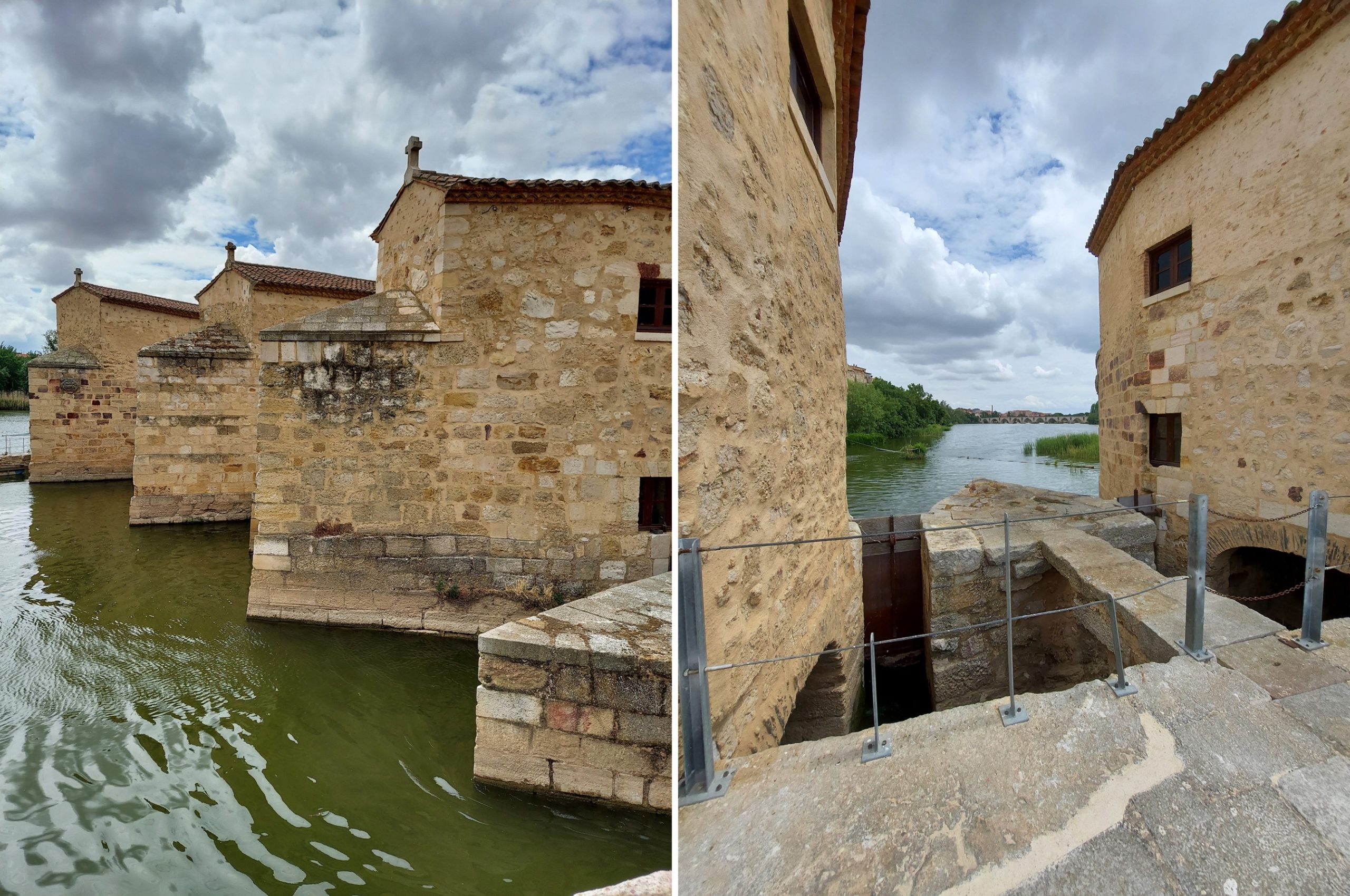
The Mills owe their name to the old ward of “Olivares”, where they were built and not because they were Olive Mills. The first written reference dates to the end of the 10th century, and they reached their peak in the 13th century. Up to seven wheels were erected for wheat milling, complemented by their respective dams or weirs. The aceñas were not owned by a single person, but their construction, maintenance and wheat flour production were the responsibility of a community. Generally, these communities were religious, in charge of providing foreign currency to the tenants. In this particular case, the owner was the Cabildo Catedralicio, which also owned the aceñas de Pinilla, known as the Aceñas del Cabildo. The assignment of the aceñas to religious orders was a common practice, authorized by the king, a status that was maintained until the disentailment of Mendizábal. Over the years, they have undergone several reconstructions and, in the 19th century, they lost their function as mills.
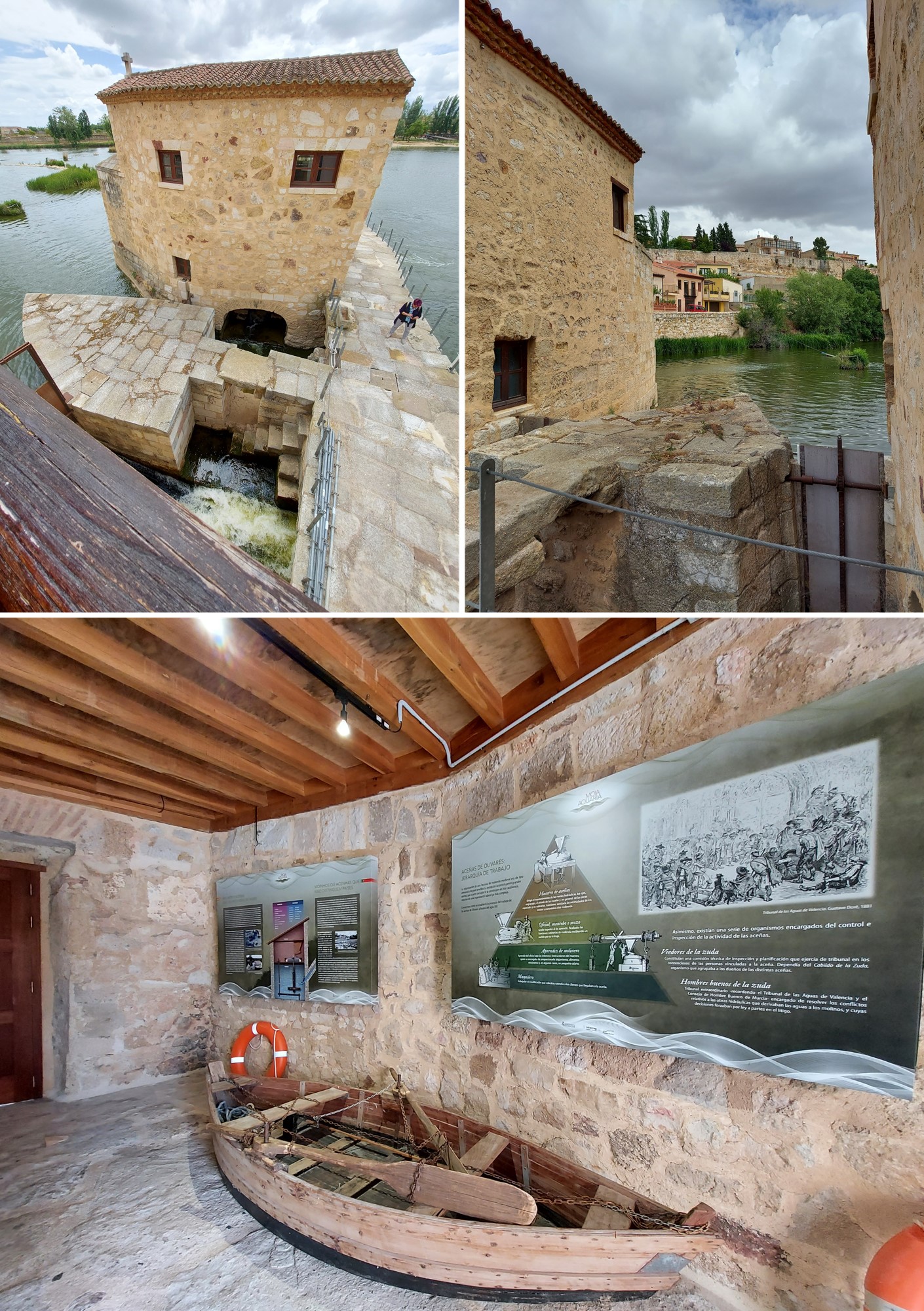
After an exhaustive and meticulous restoration, the Mills of Zamora were inaugurated in July 2008. Thanks to this process, not only has its original architecture been recovered, represented by the three mills and the mills that justify a visit onto themselves, but also offers visitors and inhabitants the opportunity to walk along the Duero, listen to its strength and enjoy its views. It is here that the Centro de Interpretación de las Industrias Tradicionales del Agua (Center for the Interpretation of Traditional Water Industries) is housed.
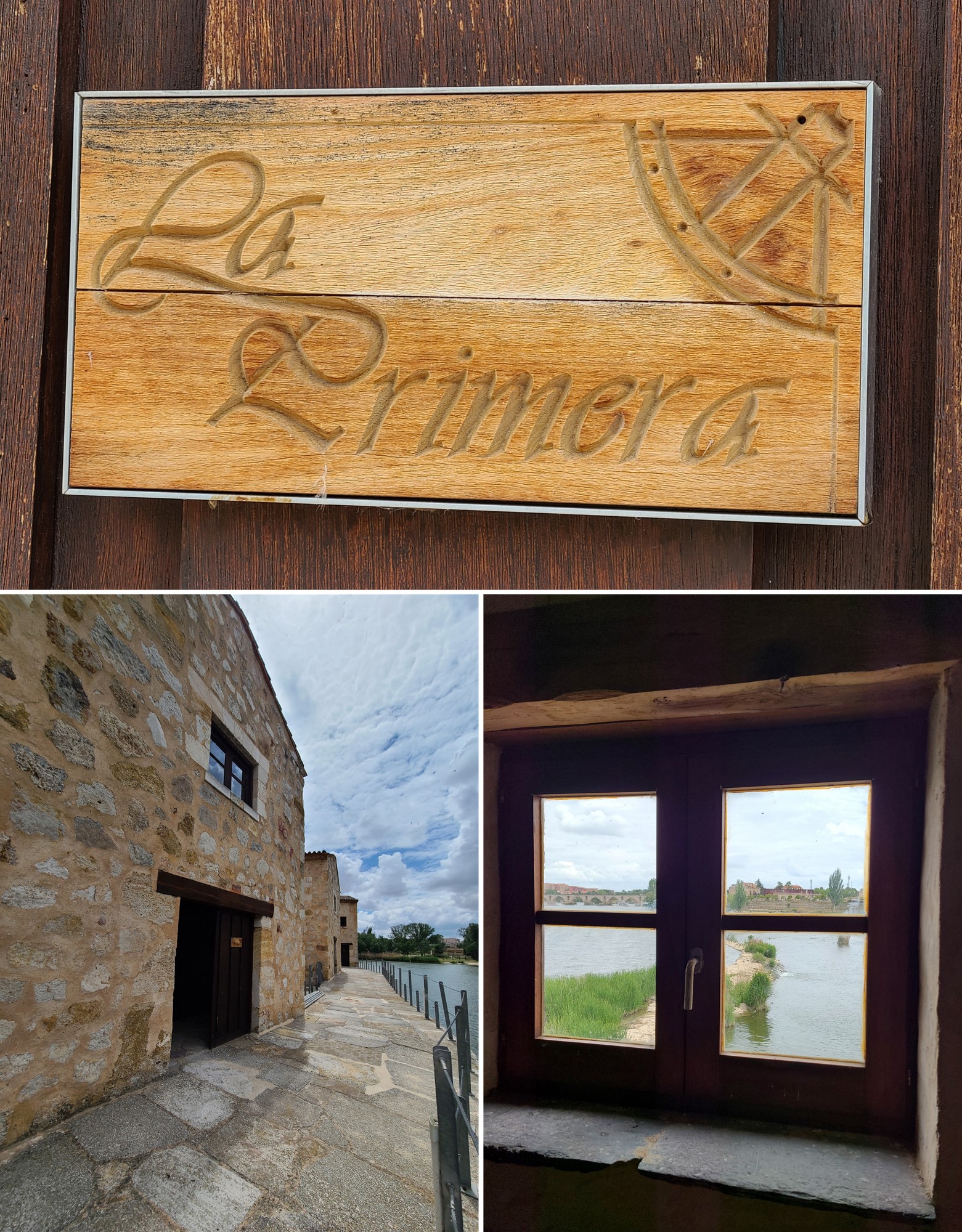
The first mill, known as “La Primera”, completely rebuilt, houses the visitors’ reception. It illustrates the importance of rivers as the cradle of civilizations, the origin of Zamora, the first references to the “Aceñas de Olivares” and the basics of milling technology.
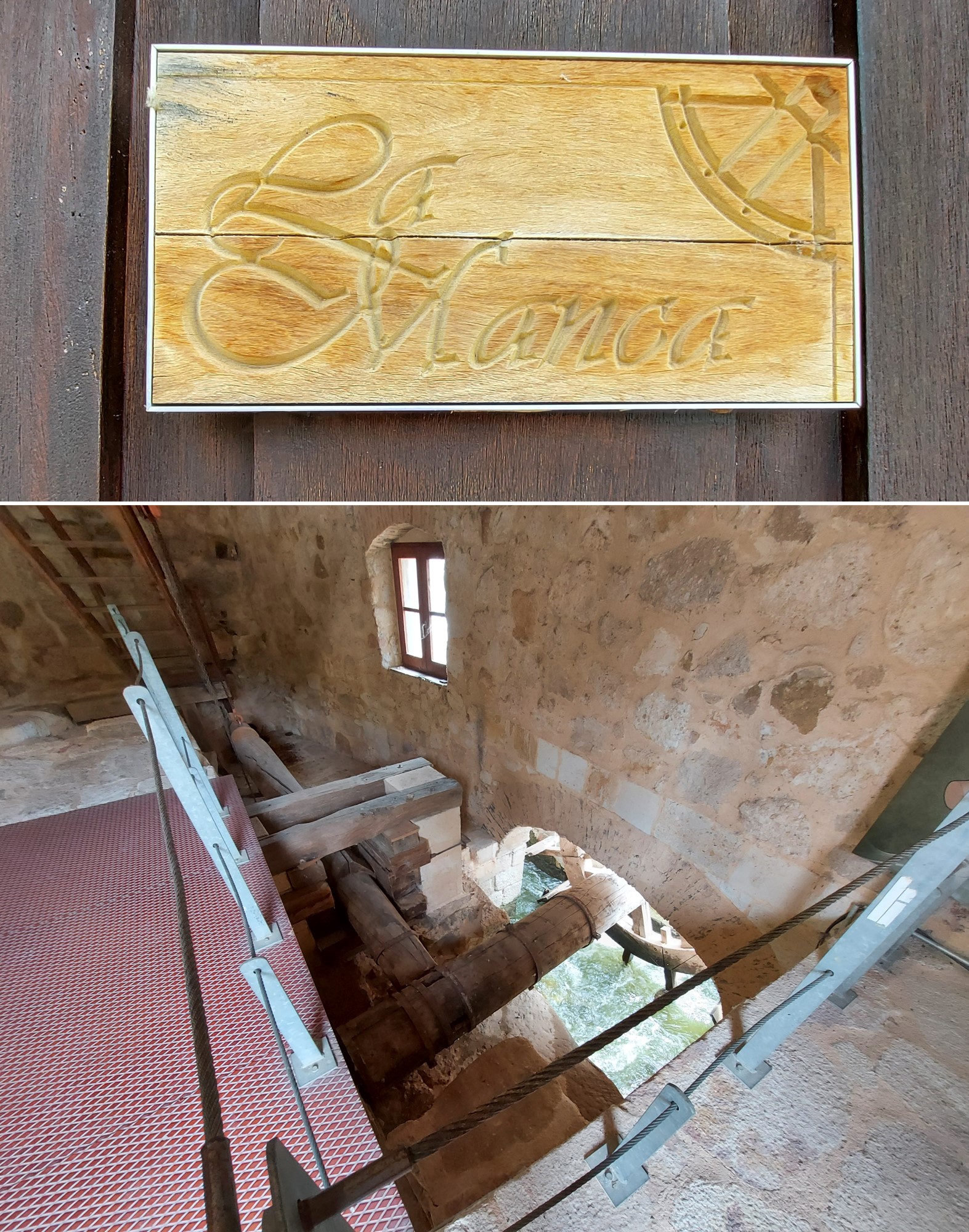
In the second “aceña”, called “La Manca”, one examines the economic resources provided by the river, life in the city during the Middle Ages, the different types of hydraulic mills and the social and labor organization in the Mills.

Finally, “La Rubisca” narrates the evolution of Zamora in the Golden Age and the development of the MIlls and the Olivares district up to the 20th century. In these mills, a hammer, a fulling mill and a mill have been reconstructed, respectively. The upper part has been almost entirely used as a museum.
